When we picture bird migration, many of us imagine flocks moving in direct paths from point A to point B across continents and oceans. However, nature rarely follows such simplistic patterns. Among the most fascinating phenomena in avian migration is the tendency of certain species to travel in spiraling or circular routes rather than straight lines. This seemingly inefficient behavior has puzzled ornithologists for generations, but recent research has revealed that these spiral migrations are not only purposeful but often represent remarkable adaptations to environmental challenges. From energy conservation to navigation techniques, these circular journeys showcase the incredible complexity of avian intelligence and evolutionary adaptation. Let’s explore the fascinating world of spiral migration patterns and discover why birds often choose the scenic route during their epic journeys.
The Basics of Bird Migration Patterns
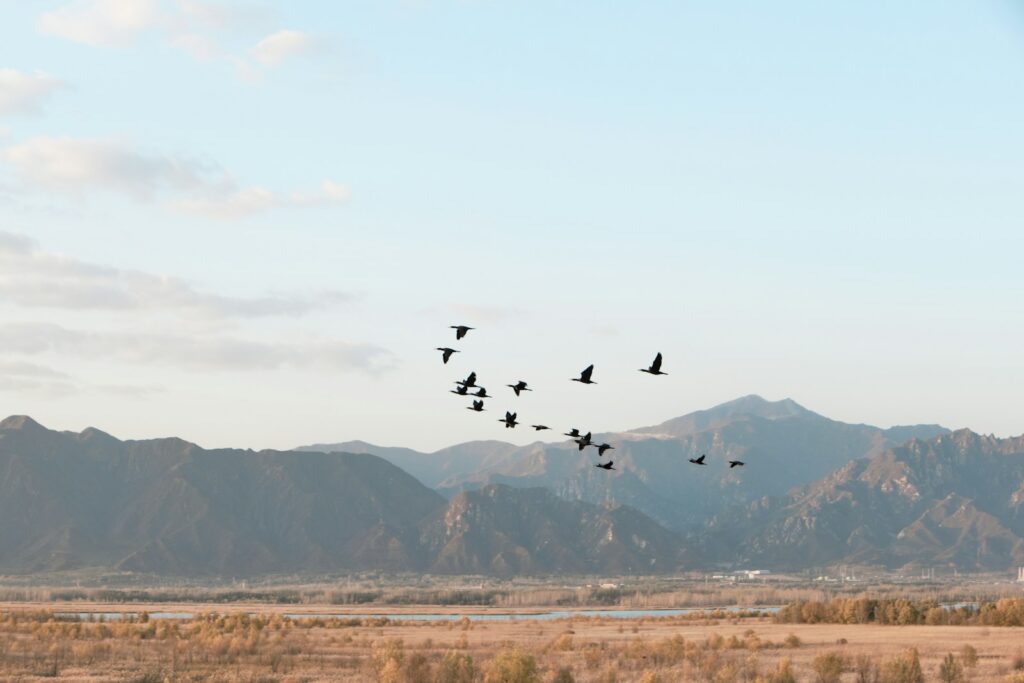
Bird migration represents one of nature’s most spectacular phenomena, with billions of birds embarking on journeys that can span thousands of miles between breeding and wintering grounds. Traditional migration studies have identified several common patterns, including direct north-south routes, loop migrations, and the more complex spiral patterns observed in certain species. While many birds do follow relatively direct pathways, tracking studies using GPS technology have revealed that perfectly straight-line migration is actually quite rare in the avian world. Instead, most migratory species demonstrate some degree of deviation from direct routes, with species like the Arctic Tern, Bar-tailed Godwit, and various raptors showing pronounced spiral or circular migration patterns that had previously gone undetected before modern tracking technologies. These complex routes often reflect evolutionary adaptations to the unique challenges that birds face during their long-distance travels.
How Weather Systems Shape Spiral Migration
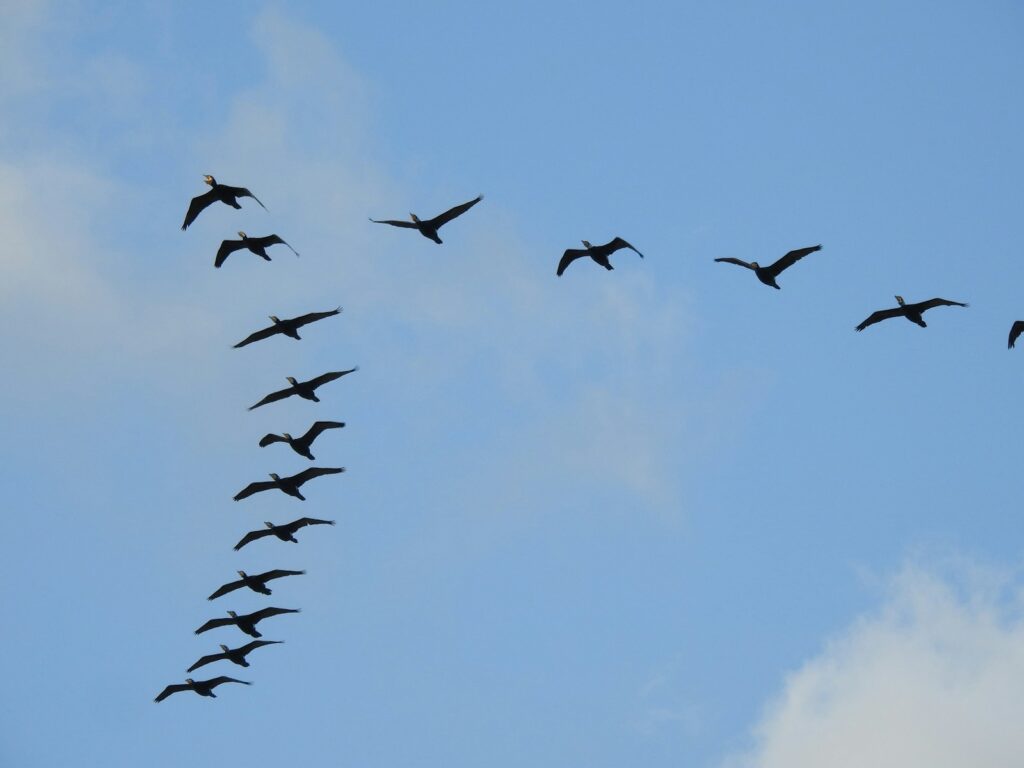
One of the primary factors driving spiral migration patterns is the influence of global weather systems, particularly prevailing winds. Many birds have evolved to take advantage of circular wind patterns, such as the Atlantic and Pacific gyres, which are massive oceanic circular current systems. Seabirds like albatrosses masterfully ride these wind currents, using the natural circular flow to minimize energy expenditure during their trans-oceanic journeys. On land, raptors like Swainson’s Hawks and Broad-winged Hawks often follow spiral routes that correspond to thermal updrafts and wind patterns as they travel between North and South America. By navigating along these natural wind highways, birds can significantly reduce their energy output, sometimes gaining hundreds or even thousands of miles of “free” travel by strategically positioning themselves within favorable air currents. This seemingly inefficient spiral becomes, in reality, the most energy-efficient option available.
Taking Advantage of Seasonal Resources
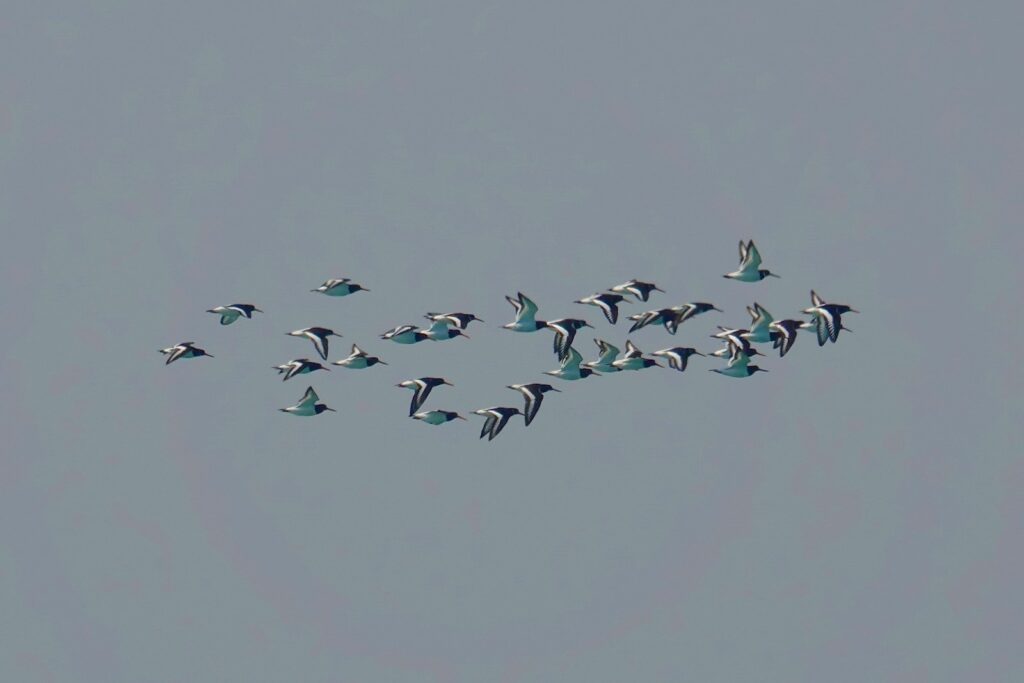
Spiral migration routes often allow birds to exploit seasonally abundant food sources that wouldn’t be accessible on a direct route. Many species time their spiral migrations to coincide precisely with seasonal blooms, insect hatches, or fruit production in specific regions that lie outside a straight-line path. The Ruby-throated Hummingbird, for example, times its spring migration northward to coincide with the sequential blooming of nectar-producing flowers across its range. Similarly, many shorebird species follow the progressive thawing of northern wetlands, which triggers invertebrate population explosions that provide critical refueling opportunities. By taking a spiral route, these birds can essentially “follow the food” as resource availability shifts geographically with the changing seasons. This feeding strategy is particularly important for small birds that cannot carry sufficient fat reserves for non-stop journeys and must refuel multiple times along their migratory route.
Geographical Barriers and Detour Migrations
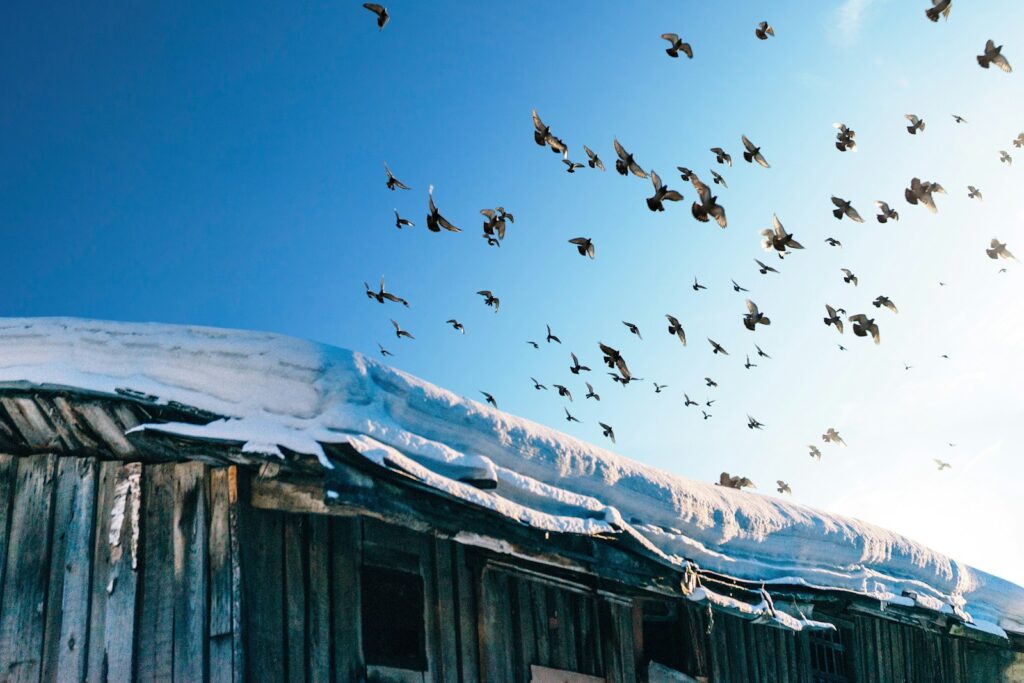
Geographical features often force birds to adopt spiral routes rather than direct paths between breeding and wintering grounds. Mountain ranges, large bodies of water, and deserts can present formidable obstacles that many species aren’t physiologically equipped to cross directly. The European Honey Buzzard, for instance, avoids the central Mediterranean Sea during fall migration, taking a detour either through the Strait of Gibraltar in the west or along the eastern Mediterranean through Israel. This creates a distinct loop or spiral pattern when their spring and fall routes are mapped together. Similar patterns are observed in North American raptors avoiding direct crossings of the Gulf of Mexico, instead traveling along the “land bridge” formed by Central America. These detours may add hundreds or even thousands of miles to migration distances, but they significantly reduce the risks associated with crossing inhospitable terrain where emergency landings would be impossible.
The Role of Earth’s Magnetic Field
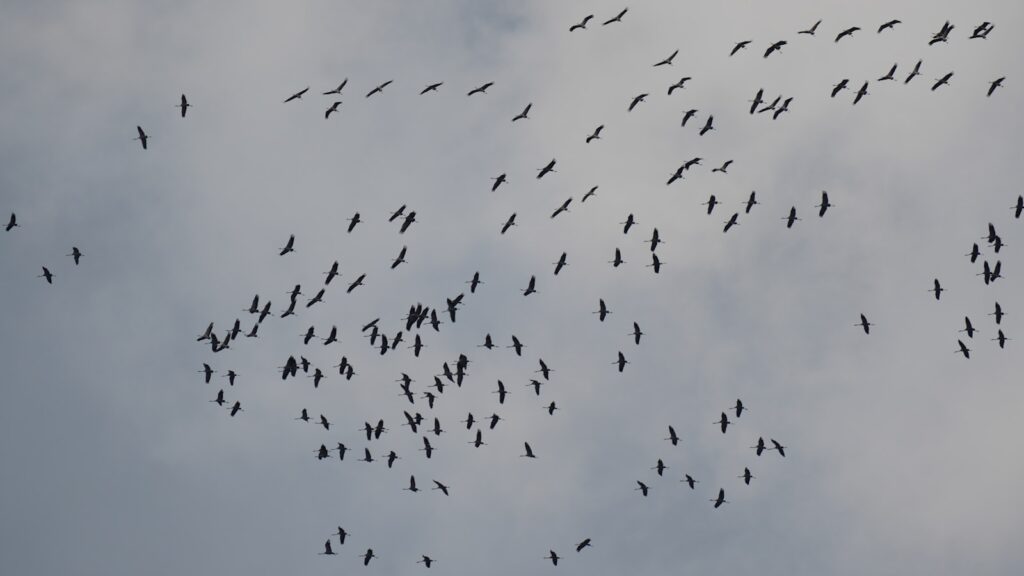
The Earth’s magnetic field plays a fascinating role in the development of spiral migration patterns among certain bird species. Birds possess specialized cells containing magnetite, a magnetic mineral that allows them to detect the Earth’s magnetic field for navigation purposes. Interestingly, the planet’s magnetic field isn’t perfectly aligned with geographical north, and this magnetic declination varies across different locations and changes slightly over time. Research suggests that some spiral migration patterns may result from birds following magnetic rather than geographic cues, creating routes that appear indirect when mapped against geographical features. Additionally, near the poles, magnetic field lines converge and can create navigational challenges that may contribute to circuitous routes. This magnetic navigation system interacts with other orientation mechanisms like celestial navigation and landmark recognition to create the complex spiral patterns observed in species like the Arctic Tern and various albatrosses.
Energy Conservation Through Soaring and Gliding
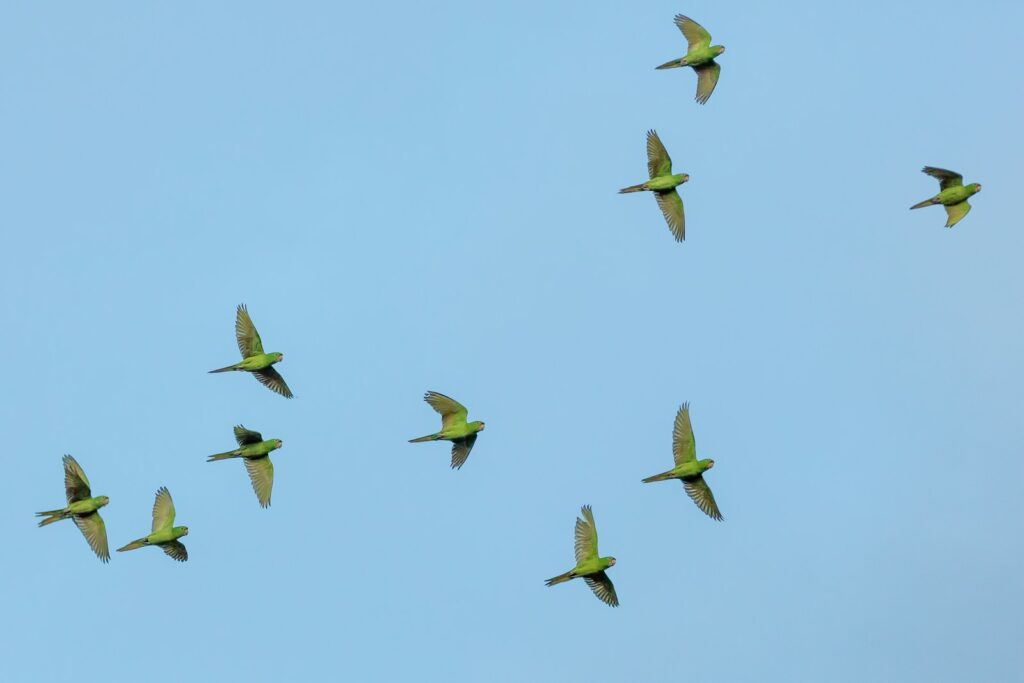
For many larger birds, spiral migration routes are intimately connected to energy-efficient flight techniques, particularly soaring and gliding. Raptors, storks, and pelicans rely heavily on thermal updrafts—columns of rising warm air—to gain altitude without flapping, before gliding long distances while gradually losing height. These thermals don’t form uniform “highways” but instead create patches of lifting air that birds must connect like stepping stones. Birds following these thermal pathways naturally create spiral routes as they travel from one thermal to the next, often deviating significantly from straight-line paths. The White Stork’s migration between Europe and Africa exemplifies this strategy, with their routes closely tracking areas where thermal development is most reliable. By utilizing this soaring strategy, large birds can reduce their energy expenditure by up to 90% compared to continuous flapping flight, making seemingly inefficient spiral routes actually far more energy-efficient than direct paths would be.
Genetic Programming of Migration Routes

The spiral migration patterns observed in many bird species aren’t learned behaviors but are instead genetically programmed, passed down through generations of evolutionary adaptation. Studies on captive-raised migratory birds have shown that even individuals with no prior migration experience or opportunity to learn from others will attempt to migrate in the direction and pattern typical of their species. This genetic programming explains why spiral migration patterns persist even when more direct routes might seem logical to human observers. Remarkably, this genetic blueprint contains not just directional information but often includes specific timing for departures and arrivals, as well as recognition of appropriate stopover habitats. Recent research comparing the migration patterns of related species suggests that these spiral routes have evolved independently multiple times across the avian family tree, indicating their significant adaptive value. The genetic basis for these complex behaviors represents one of the most sophisticated inherited behavior systems known in the animal kingdom.
Loop Migration and Seasonal Wind Patterns

Many birds exhibit what ornithologists call “loop migration,” a specific type of spiral pattern where spring and fall routes differ substantially, creating a loop or oval path when mapped across the year. This phenomenon is particularly evident in species that cross the Sahara Desert, such as the European Nightjar and numerous warbler species. These birds often take a more westerly route during fall migration and a more easterly route in spring, creating a counterclockwise loop around the desert. This pattern directly correlates with seasonal shifts in prevailing winds across North Africa and the Mediterranean region. By adjusting their routes seasonally, these birds capitalize on tailwinds and avoid headwinds, significantly reducing energy expenditure during their long journeys. Tracking studies have revealed that some species can reduce their migration energy costs by up to 30% through these strategic seasonal detours, demonstrating that what appears as an inefficient spiral actually represents a sophisticated adaptation to dynamic atmospheric conditions.
Stopover Sites and Geographic Funneling
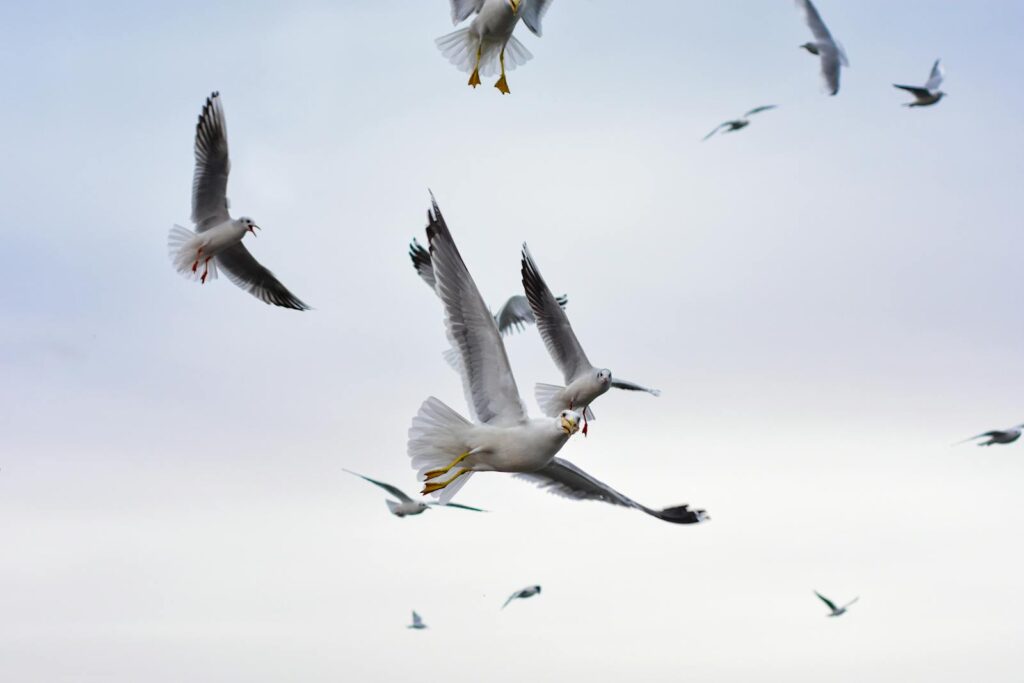
Critical stopover locations often play a determining role in shaping spiral migration patterns, as birds must structure their journeys around these essential refueling stations. These sites, which can include coastal wetlands, river deltas, and productive forest patches, provide the necessary resources for birds to replenish fat reserves depleted during long flight segments. The distribution of these stopover sites rarely aligns in straight paths between breeding and wintering grounds, naturally creating deviations that contribute to spiral routes. Geographic funneling also influences these patterns, as physical features like peninsulas, mountain passes, and coastlines channel migrating birds into concentrated pathways. The Bay of Fundy in eastern North America, the Strait of Gibraltar between Spain and Morocco, and the Isthmus of Panama are prime examples of geographic bottlenecks that funnel millions of migrating birds through relatively narrow corridors. These natural funnels often represent significant deviations from straight-line routes but are essential components of successful migration strategies.
Spiral Migration in Seabirds
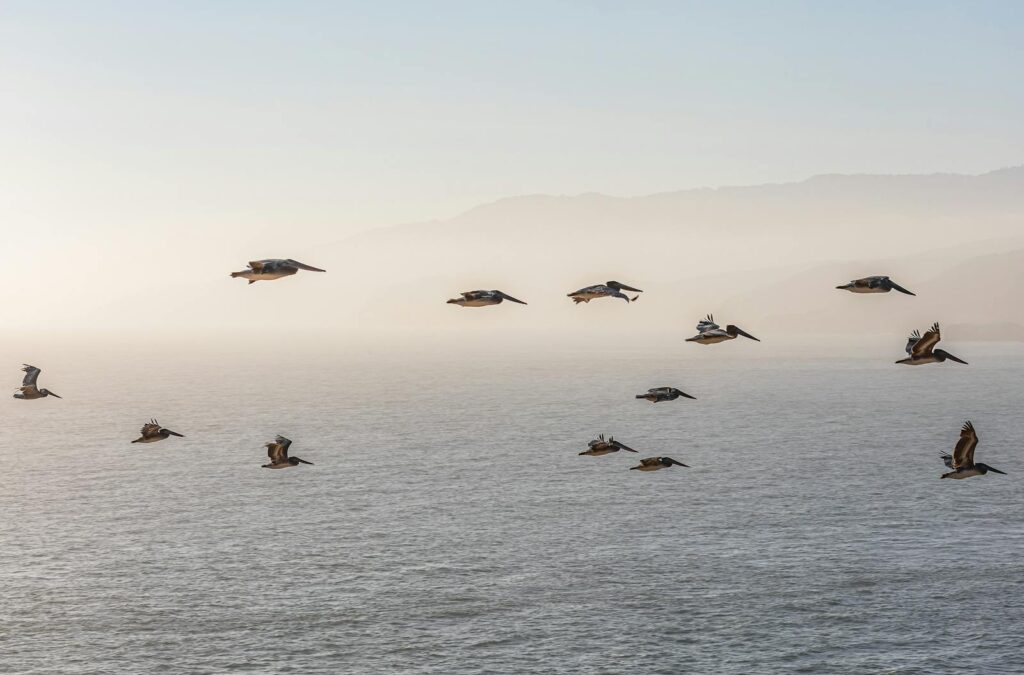
Seabirds demonstrate some of the most dramatic spiral migration patterns of any avian group, with species like the Sooty Shearwater and Gray-headed Albatross performing figure-eight or circular routes spanning entire ocean basins. These oceanic spiral migrations are primarily driven by the birds’ remarkable ability to exploit global wind patterns associated with marine weather systems. By following the edges of massive high and low-pressure systems, these seabirds essentially “surf” the wind, minimizing energy expenditure while covering enormous distances. Satellite tracking has revealed that some albatrosses can travel over 10,000 miles in a single foraging loop without ever returning to land, riding prevailing winds in a continuous circuit around the Southern Ocean. Beyond wind exploitation, these spiral routes also allow seabirds to access seasonally productive marine regions where upwelling currents bring nutrient-rich waters to the surface, creating feeding hotspots. The combination of energy-efficient travel and strategic access to food resources makes these spiral routes far more advantageous than any direct path could be for these oceanic wanderers.
Avoiding Geographical Competition
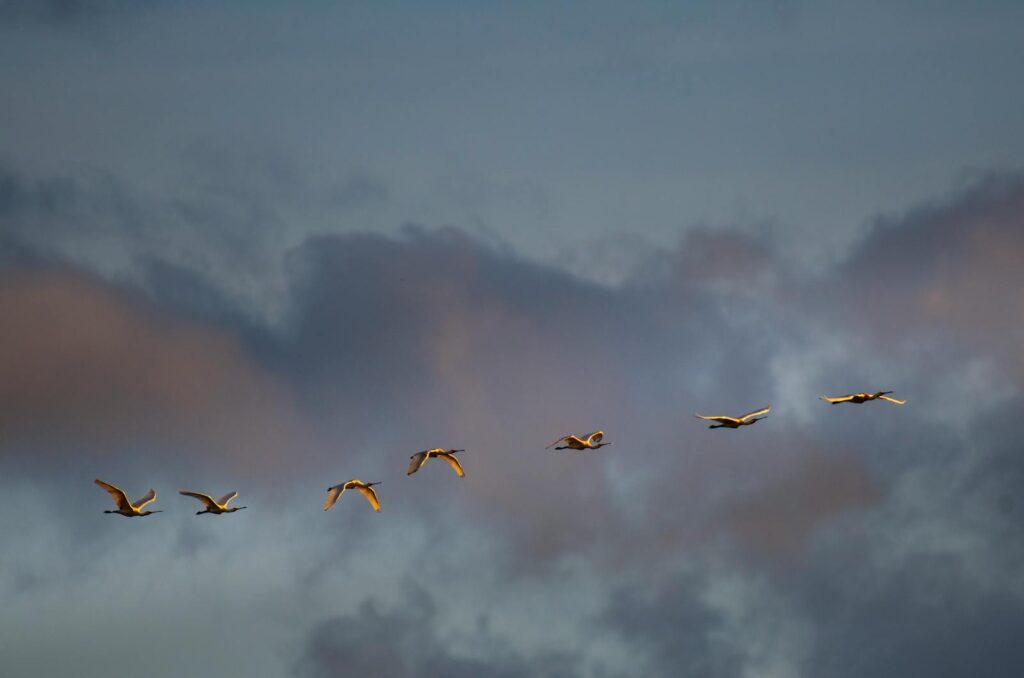
Spiral migration routes can serve as an evolutionary strategy to reduce competition for resources between different bird populations. By taking different pathways during migration, populations can stagger their arrival times at critical stopover sites, preventing the simultaneous depletion of limited food resources. This phenomenon is particularly evident in subspecies of the same bird, such as different populations of Dunlin or Whimbrel, which breed in similar Arctic regions but follow distinct migration loops to separate wintering grounds. These divergent routes effectively distribute the ecological pressure across a broader geographic range, preventing any single area from becoming overwhelmed by migrating birds. Research has shown that even within the same species, different age groups or sexes may follow slightly different migration paths, further reducing competition for resources. This strategic geographic separation through spiral migration represents a sophisticated adaptation that helps maintain sustainable resource use across vast migration networks.
Learning and Cultural Transmission of Migration Routes
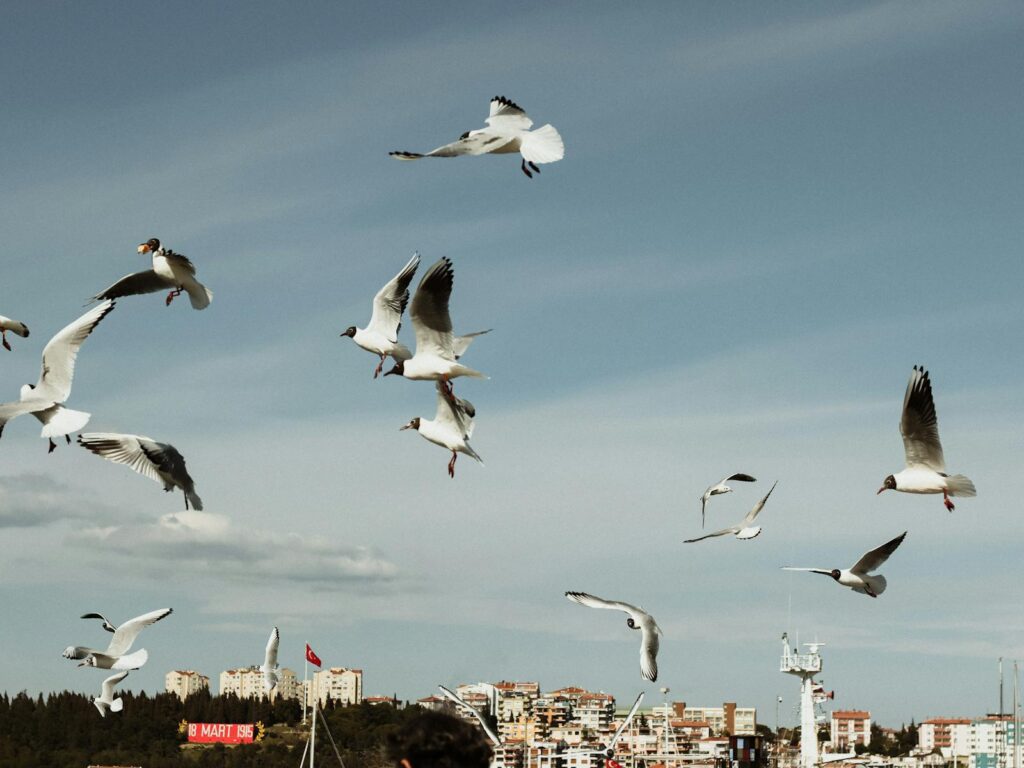
While many migratory patterns have genetic components, learning and cultural transmission also play significant roles in shaping the spiral routes of certain bird species, particularly those that migrate in family groups or flocks. Young Whooping Cranes, White Storks, and various goose species learn migration routes by following experienced adults during their first journeys, allowing for the transmission of complex route knowledge across generations. This social learning creates the opportunity for route optimization over time, as birds collectively adjust their traditional pathways in response to changing environmental conditions or newly discovered resources. Fascinating research with hand-raised cranes following ultralight aircraft has demonstrated how these learned routes can become established traditions that persist across generations, even when they follow spiral patterns rather than direct routes. The interplay between innate directional preferences and learned route specifics creates migration systems that can be simultaneously stable across centuries yet flexible enough to adapt to environmental changes, explaining why some spiral routes have persisted despite their apparent inefficiency.
Future Research and Conservation Implications

Understanding the complex factors driving spiral migration patterns has taken on new urgency in the context of global climate change and habitat loss. As weather patterns shift, traditional spiral routes may no longer align with favorable winds or correspond to the timing of resource availability, potentially creating ecological mismatches that threaten migratory bird populations. Conservation efforts increasingly focus on protecting not just breeding and wintering grounds but also the critical stopover sites that make these spiral migrations possible. Modern tracking technologies, including lightweight GPS transmitters and geolocators, continue to revolutionize our understanding of these complex movements, revealing previously unknown spiral patterns and stopover dependencies. This research has profound conservation implications, helping identify previously unrecognized critical habitats and migration bottlenecks that require protection. As scientists continue unraveling the mysteries of spiral migration, this knowledge will be essential for developing effective conservation strategies for the world’s migratory birds in the face of rapidly changing global conditions.
Conclusion
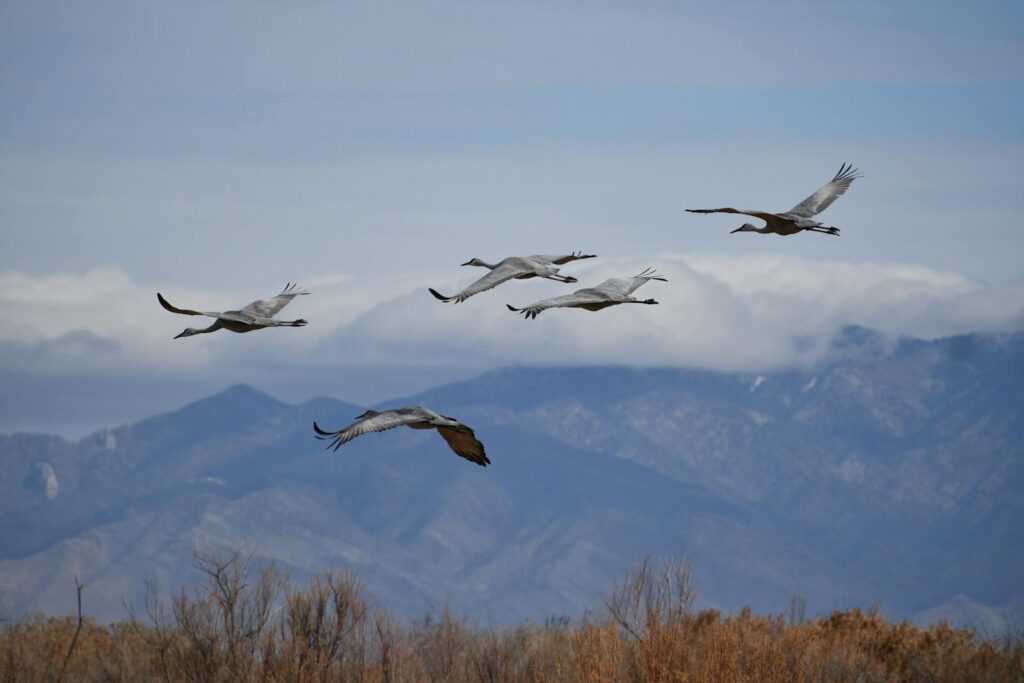
The spiral migration patterns observed across numerous bird species represent not inefficiency but rather remarkable evolutionary adaptations to complex environmental challenges. Far from taking needless detours, birds following spiral routes are strategically navigating a multidimensional landscape of wind patterns, food availability, geographic barriers, and energetic constraints. These journeys showcase the extraordinary sophistication of avian navigation systems—combining magnetic sensing, celestial navigation, landmark recognition, and inherited directional preferences into seamless guidance systems refined over millennia of evolution. As technology continues advancing our understanding of these remarkable journeys, we gain not only scientific insights but also a deeper appreciation for the intricate ways birds have adapted to the challenges of long-distance migration. The next time you spot migrating birds overhead, remember that their route may seem circuitous to human eyes, but in reality, they’re following nature’s most efficient path through the skies.
